While headlines debate the future of EV sales, Evie Networks is seeing the bigger picture through its charging stations. According to Paul Fox, Co-Founder and Chief Strategy Officer, public charging demand across Australia is not just healthy, it's breaking records.
“Every single month since we started, we’ve had a record week,” Fox shared at the recent Smart Energy Expo, brushing aside media chatter about supposed slowdowns in EV uptake. From Evie’s perspective — the shift to battery electric vehicles (BEVs) is not only real, but accelerating.
▶️MORE: Electric Car Home Charging
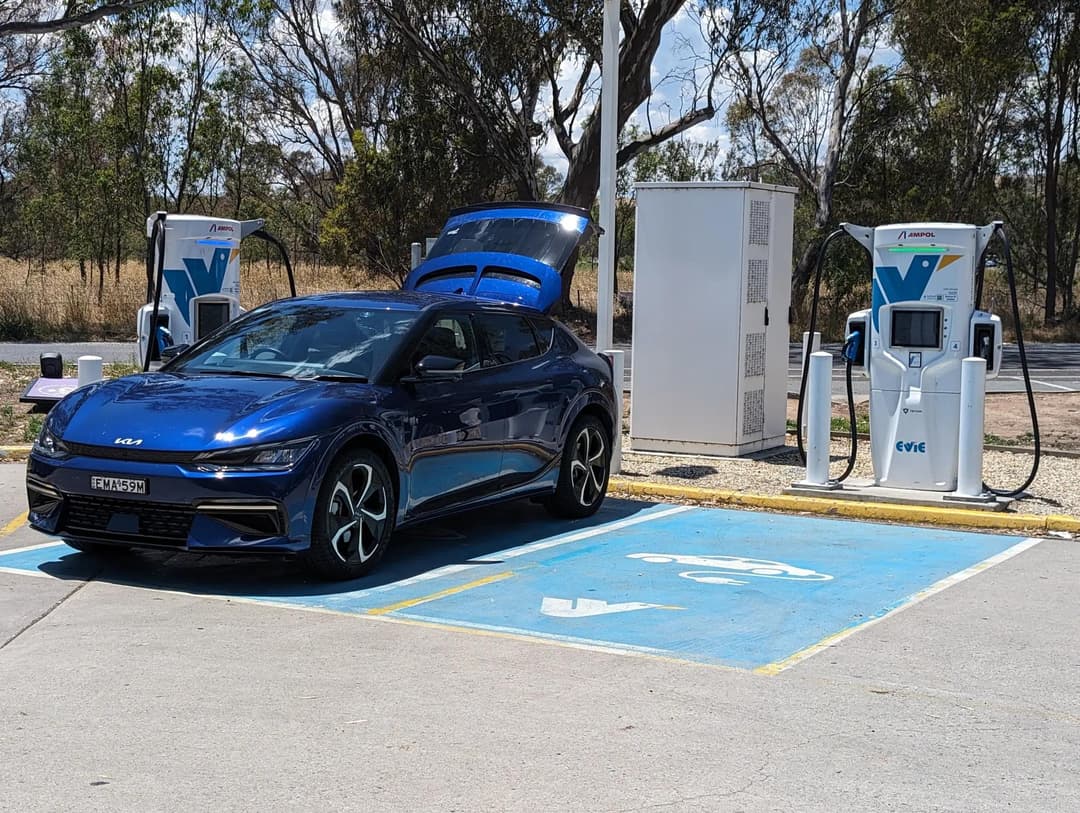
Charging Stats Don’t Lie
Evie’s focus is purely on BEVs, not plug-in hybrids (PHEVs), which Fox says barely make a dent in their network. “We really only track BEVs,” he said. “PHEVs just don’t impact public infrastructure much.”
March 2024 saw 5,300 new BEVs hit the road in Australia. While that number sits slightly below March 2023, when Tesla’s Model 3 had just landed en masse, the underlying story is that non-Tesla brands are booming. “Take Tesla out of the equation,” Fox said, “and you’ll see that the rest of the market has grown tremendously.”
Brands like GWM and Zeekr are still in early delivery stages, meaning we haven’t seen the full picture yet. Fox is betting the real numbers will show up in the next few months as more of these new entries land on Aussie roads.
▶️MORE: Every Plug-in Hybrid EV (PHEV) Available in Australia (2025)
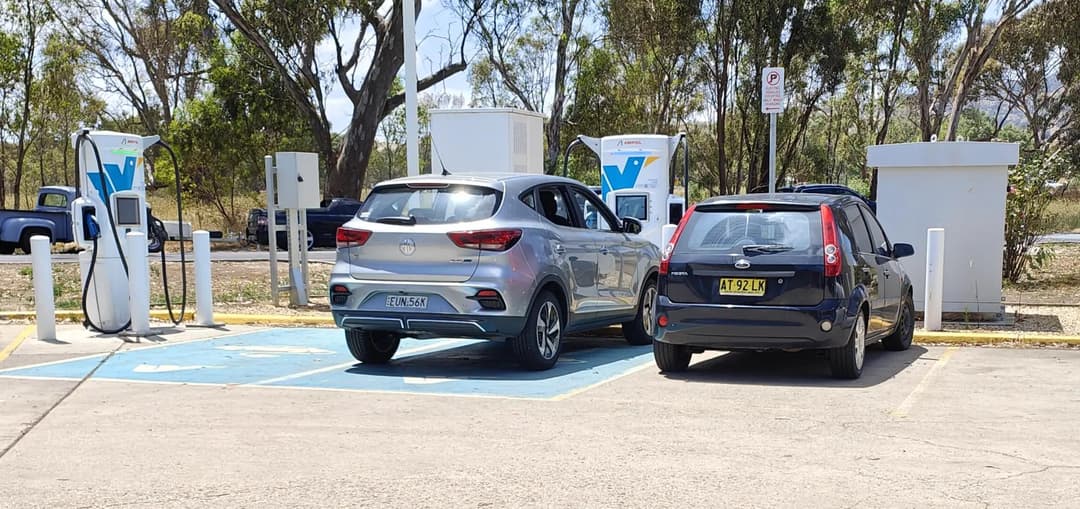
EV Demand Rises with the Seasons
If you think charging habits are flat year-round, think again. Evie’s data shows a very Aussie rhythm to EV charging: January dips (thanks to post-holiday slowdowns), but February and March bounce back hard. Easter will be another peak period in the year.
“Call it now — another record week coming up,” Fox predicted, pointing to seasonal spikes during holiday travel, especially with rideshare demand. “Uber drivers go crazy on EVs around party season.”
▶️MORE: BYD Shark Ute 6 launches in Australia
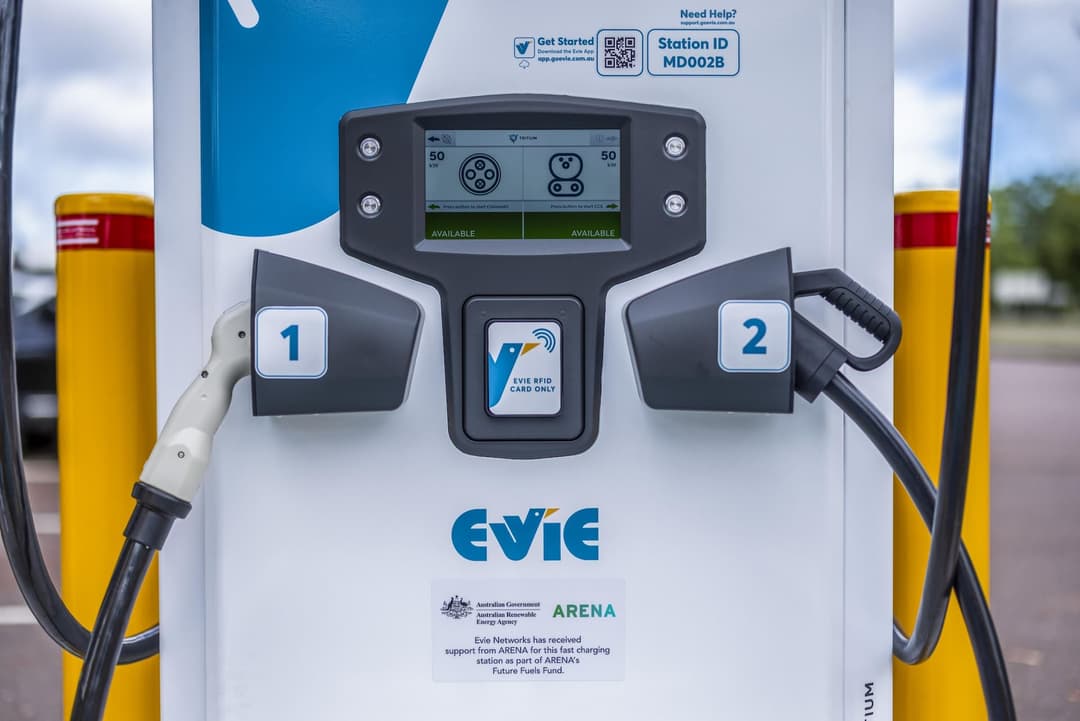
Faster Cars, Faster Chargers
While the number of charging sessions is soaring, so is the efficiency. Evie is seeing a slow but steady increase in the average kilowatt hours delivered per session. Why? It’s a combination of more powerful chargers (like the 150kW units Evie is rolling out) and newer EVs that can actually handle the faster speeds.
“It’s creeping up,” Fox noted. “It’s like fleet replacement, as older EVs cycle out and faster-charging models come in, the average keeps rising.”
Still, managing detailed usage trends is getting tricky. With over 100,000 charging sessions now in the system, Fox admitted that tracking which car does what is becoming less practical. “You just have to look at the total picture.”
▶️MORE: What is the difference between BEV vs PHEV vs HEV cars?
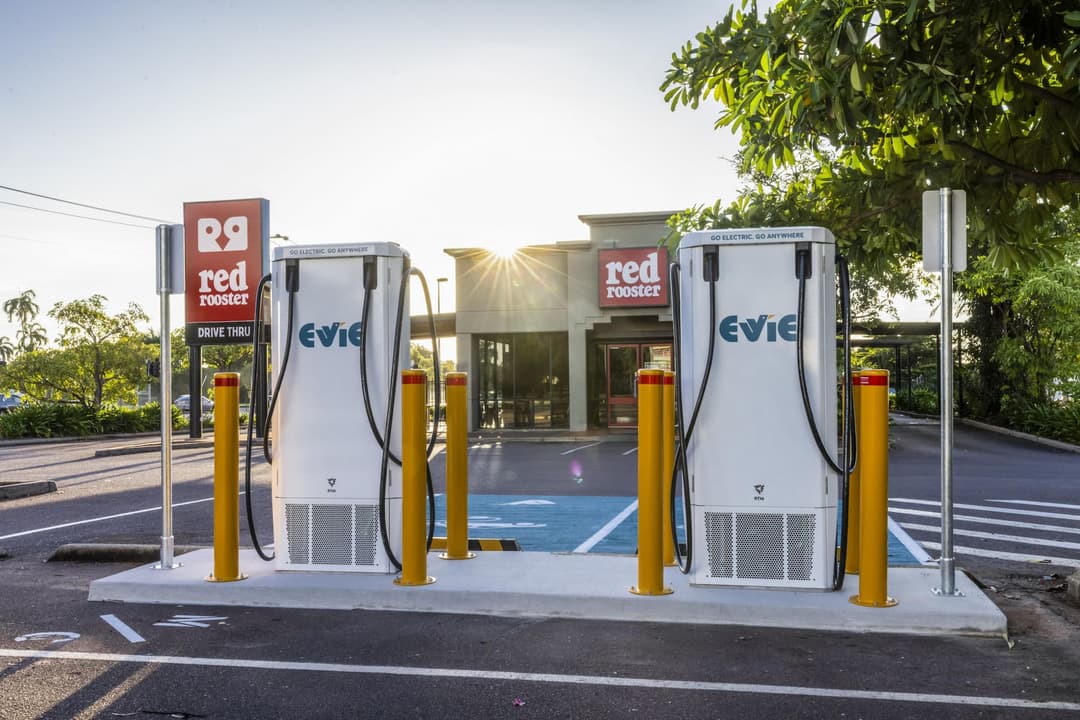
The PHEV Question
So where do plug-in hybrids stand in all this? Fox isn’t sold on them yet. While models like the Mitsubishi Outlander PHEV do use Evie chargers occasionally, they’re not a major presence. As for newer plug-in hybrids with longer ranges, like the BYD Shark? “Probably too early to myth-bust,” Fox said, though he leans toward the view that PHEVs won’t rely much on public chargers, similar to what the European data has shown.
▶️MORE: Best Plug-in Hybrid Electric Cars in Australia (2025)
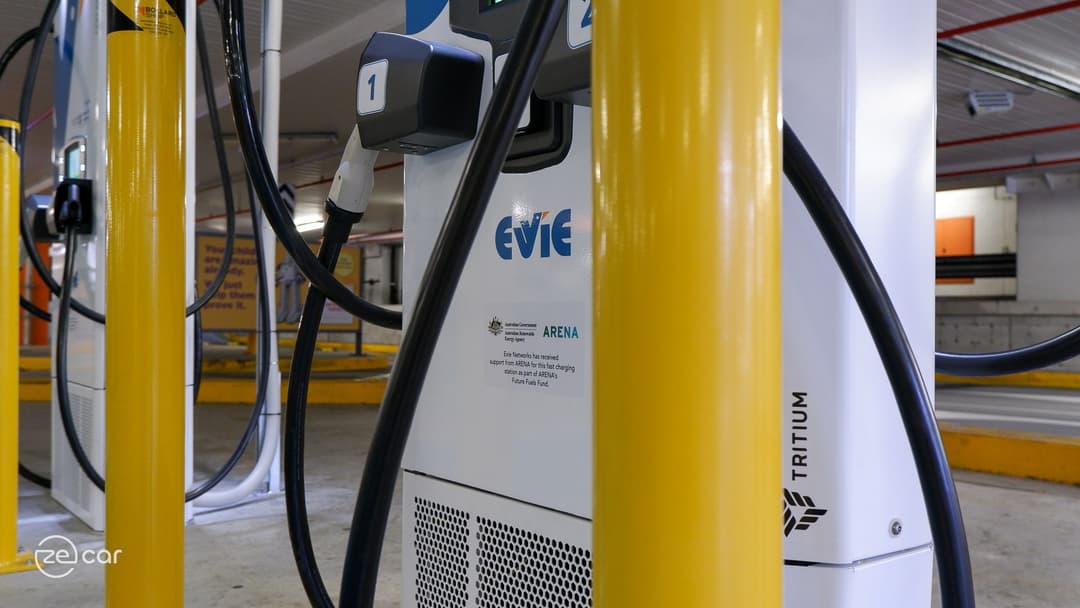
Stay up to date with the latest EV news
- Get the latest news and update
- New EV model releases
- Get money savings-deal
